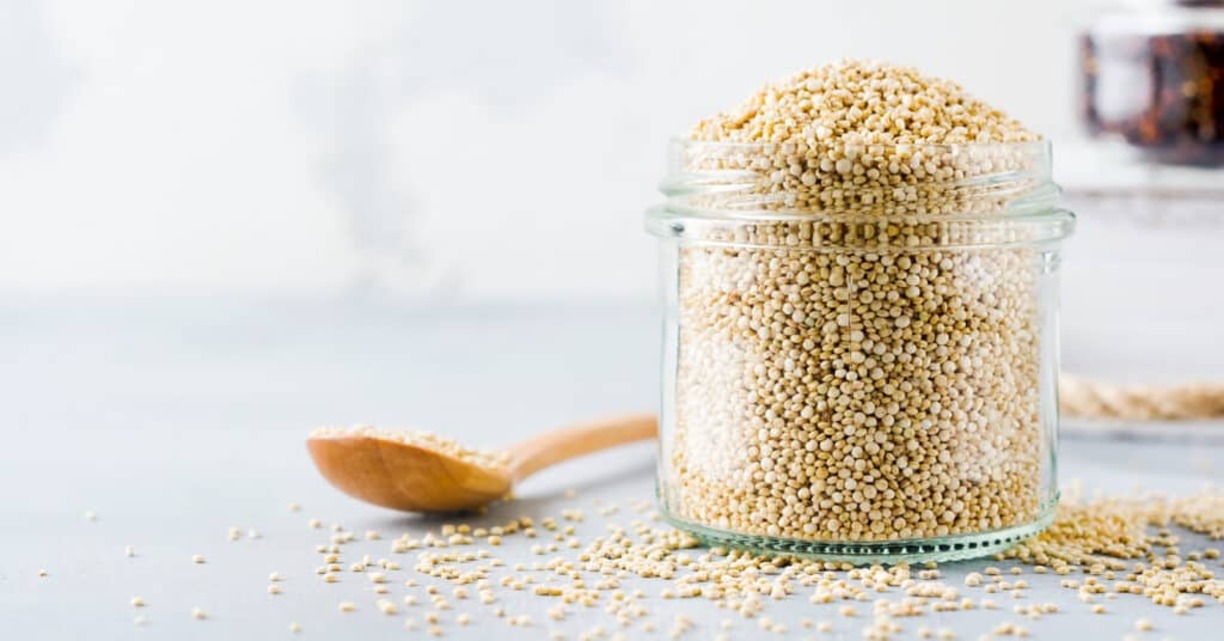

Articles
How To Store Quinoa
Modified: December 7, 2023
Learn how to store quinoa effectively and keep it fresh for longer. Read our informative articles on proper quinoa storage methods and tips.
(Many of the links in this article redirect to a specific reviewed product. Your purchase of these products through affiliate links helps to generate commission for Storables.com, at no extra cost. Learn more)
Introduction
Welcome to the world of quinoa storage! Quinoa is a versatile and nutritious grain that has gained immense popularity in recent years. Whether you have just discovered this superfood or are a seasoned quinoa enthusiast, knowing how to properly store quinoa is essential to preserve its freshness, taste, and nutritional value. In this article, we will explore the benefits of storing quinoa, factors to consider before storing, steps to store quinoa properly, the best containers for storage, tips for prolonging its shelf life, and how to label stored quinoa.
Quinoa, pronounced as “keen-wah,” originated in the Andean region of South America and has been a staple food for centuries. It is not only packed with essential nutrients like protein, fiber, vitamins, and minerals but is also gluten-free, making it ideal for individuals with dietary restrictions or preferences.
By storing quinoa correctly, you can ensure it retains its quality and stays fresh for an extended period. Proper storage prevents moisture, heat, pests, and oxidation from damaging the grain, preserving its nutritional benefits and flavor.
Additionally, knowing how to properly store quinoa can also save you money by preventing wastage. With the rising costs of groceries, it’s important to optimize your food storage practices to make your quinoa last longer.
Before we dive into the details of quinoa storage, let’s explore the significant benefits of proper storage.
Key Takeaways:
- Properly storing quinoa preserves its nutritional value, taste, and texture, while also saving money and reducing food waste. Follow simple steps to ensure your quinoa stays fresh and ready for delicious, healthy meals.
- Choosing the right containers, keeping quinoa dry, and labeling storage containers are key to prolonging its shelf life and maintaining its quality. By following these tips, you can enjoy the benefits of this versatile and nutritious grain for an extended period.
Read more: How To Store Cooked Quinoa
Benefits of Storing Quinoa
Properly storing quinoa offers a range of benefits that go beyond simply keeping it fresh. Here are some key advantages:
- Preserving Nutritional Value: Quinoa is renowned for its nutritional profile, including high protein content and essential amino acids. When stored correctly, quinoa retains its nutritional value for a longer period, ensuring you get the maximum benefits from this superfood.
- Maintaining Taste and Texture: Storing quinoa properly helps preserve its natural taste and texture. Freshly cooked quinoa should have a light, fluffy texture, and proper storage prevents it from becoming mushy or developing a stale taste.
- Cost Savings: By storing quinoa well, you can avoid unnecessary waste and save money. When properly stored, quinoa can last for several months, allowing you to buy in bulk or take advantage of discounts without worrying about spoilage.
- Convenience and Versatility: Having a stash of properly stored quinoa means you always have a versatile ingredient on hand for quick and healthy meals. Whether you’re making salads, soups, stir-fries, or pilafs, having quinoa readily available makes meal preparation more convenient.
- Reducing Food Waste: Storing quinoa properly reduces the likelihood of it going bad or getting spoiled, resulting in less food waste. By being mindful of storage methods, you contribute to reducing food waste and its environmental impact.
- Emergency Preparedness: Storing quinoa is an excellent way to be prepared for emergencies or situations where access to fresh food may be limited. It serves as a reliable and nutritious food source during times of need.
- Quality Control: By storing quinoa properly, you have better control over its quality. This is particularly important if you have specific preferences regarding the origin or organic status of your quinoa. Proper storage allows you to ensure the freshness and quality of the grain.
Now that we understand the benefits of storing quinoa, let’s explore the factors to consider before storing this versatile grain.
Factors to Consider Before Storing Quinoa
Before you start storing quinoa, there are a few important factors to consider. By taking these factors into account, you can ensure optimal storage conditions and maintain the quality of the grain. Here are the key considerations:
- Quality of Quinoa: The quality of the quinoa you purchase will ultimately determine how long it will stay fresh. Before storing, make sure to inspect the quinoa for any signs of mold, insects, or off-odors. Choose quinoa that is fresh, clean, and free from any contaminants.
- Packaging: If you buy quinoa in pre-packaged bags or containers, check the packaging for any damage or signs of tampering. Ensure that the packaging is airtight and properly sealed to keep moisture and pests out. If the original packaging is compromised, consider transferring the quinoa to a suitable storage container.
- Storage Location: The storage location plays a crucial role in maintaining the freshness and quality of quinoa. Choose a cool, dark, and dry place to store your grain. Avoid areas exposed to direct sunlight, heat, and humidity, as these factors can accelerate the deterioration of quinoa.
- Temperature and Humidity: Quinoa is best stored in a cool and dry environment. The ideal temperature for quinoa storage is around 40°F to 50°F (4°C to 10°C). Avoid storing quinoa in areas prone to temperature fluctuations or high humidity, as moisture can cause spoilage and mold growth.
- Airtight Containers: To protect quinoa from moisture, insects, and oxidation, it is essential to store it in airtight containers. Airtight containers prevent air from entering and help maintain a stable environment for the grain.
- Avoid Contaminants: Keep quinoa away from strong-smelling substances, such as spices, onions, or cleaning products, as quinoa tends to absorb odors easily. Storing it in a separate cabinet or pantry helps preserve its natural aroma and flavor.
- Rotation: It’s a good practice to practice a first-in, first-out rotation system for storing quinoa. Use the older quinoa before the newer ones to ensure you consume the grain before its quality deteriorates.
Now that we have considered the important factors, let’s move on to the next section, which details the steps for storing quinoa properly.
Steps to Store Quinoa Properly
To ensure that your quinoa stays fresh and maintains its quality, follow these steps for proper storage:
- Inspect and Clean: Before storing quinoa, inspect it for any signs of damage, such as discoloration, bugs, or foreign objects. Remove any debris or impurities by rinsing the quinoa under cold water and using a fine-mesh strainer. This step helps eliminate any potential contaminants.
- Dry Thoroughly: After rinsing, make sure to dry the quinoa thoroughly. Spread it out on a clean towel or baking sheet and allow it to air-dry completely. Excess moisture can lead to mold or spoilage, so ensure the quinoa is completely dry before storing.
- Choose Suitable Containers: Select airtight containers or resealable plastic bags for storing quinoa. Mason jars, food-grade plastic containers, or vacuum-sealed bags are ideal options. Ensure that the containers are clean, dry, and free from any odors or residues that could transfer to the quinoa.
- Transfer and Seal: Transfer the dried quinoa into the chosen containers. Fill each container three-quarters full to allow for expansion. Press out any excess air from the containers and seal them tightly to create a secure, airtight environment.
- Label the Containers: It’s essential to label the containers with the storage date or purchase date to track the freshness of the quinoa. Include any other relevant information, such as the quinoa variety or the expiration date of the original packaging. This step ensures that you can easily identify and rotate your quinoa stock.
- Store in a Suitable Location: Place the sealed containers in a cool, dry, and dark area, such as a pantry or cupboard. Keep them away from direct sunlight, heat sources, and areas with high humidity. The consistent temperature and low moisture levels in these areas help maintain the quinoa’s freshness for an extended period.
- Monitor and Inspect: Regularly check the stored quinoa for any signs of pests, moisture, or spoilage. If you notice any issues, discard the affected quinoa and inspect the storage containers for potential problems.
By following these steps, you can ensure that your quinoa stays fresh and maintains its quality over time. In the next section, we will discuss the best containers for storing quinoa.
Store quinoa in an airtight container in a cool, dry place, away from direct sunlight. This will help maintain its freshness and prevent it from spoiling.
Best Containers for Storing Quinoa
Choosing the right containers for storing quinoa is crucial to maintain its freshness and prevent any damage. Here are some of the best container options:
- Airtight Plastic Containers: Food-grade plastic containers with airtight seals are an excellent choice for storing quinoa. These containers are lightweight, durable, and easy to stack, making them convenient for organizing your pantry or cupboard. Look for containers with a secure locking mechanism to ensure a tight seal.
- Glass Jars: Glass jars, such as mason jars or other airtight glass containers, are an eco-friendly storage option for quinoa. They are non-reactive and do not transfer any odors or flavors to the quinoa. Glass jars also allow you to see the contents, making it easy to identify the quinoa and monitor its freshness.
- Vacuum-Sealed Bags: Vacuum-sealed bags are an ideal choice for long-term storage of quinoa. These bags remove all the air, creating a vacuum-sealed environment that helps preserve the freshness of the grain. Vacuum sealing also protects quinoa from moisture, pests, and oxidation, extending its shelf life significantly.
- Resealable Plastic Bags: If you prefer a more affordable option, resealable plastic bags are a suitable choice for short-term storage. Ensure that the bags are thick and made of food-grade plastic. Press out as much air as possible before sealing the bags to create a tight barrier against moisture and pests.
- Metal Canisters: Metal canisters with tight-fitting lids can also be used to store quinoa. Choose canisters made from food-grade metals, such as stainless steel or tin-plated steel, to prevent any chemical reactions with the grain. Make sure the lids have a seal to keep air and moisture out.
Regardless of the container you choose, ensure that it is clean, dry, and odor-free before transferring the quinoa. This will help maintain the integrity and quality of the grain. Additionally, label each container with the storage date to keep track of freshness.
Now that you know the best containers for storing quinoa, let’s move on to the next section for valuable tips on prolonging the shelf life of quinoa.
Read more: How To Store Quinoa After Cooking
Tips for Prolonging Quinoa Shelf Life
To maximize the shelf life and quality of quinoa, consider the following tips:
- Keep it Dry: Moisture is the biggest enemy of quinoa storage. Make sure the quinoa is completely dry before storing it, and ensure that the storage containers are airtight to prevent any moisture from entering.
- Avoid Heat and Light: Store quinoa in a cool and dark place, away from direct sunlight or any sources of heat. Exposure to heat and light can accelerate the deterioration of the grain and decrease its shelf life.
- Avoid Temperature Fluctuations: Fluctuating temperatures can lead to condensation inside the storage containers, affecting the quality of the quinoa. Choose a storage location where the temperature remains relatively stable.
- Don’t Keep it Refrigerated: While you may be tempted to store quinoa in the refrigerator, it’s not necessary and can actually introduce moisture to the grain. The cool, dry pantry is the best place to store quinoa.
- Avoid Insect Infestation: To prevent insect infestation, consider freezing the quinoa for a few days before transferring it to long-term storage. This helps kill any potential insect eggs or larvae that may be present. Additionally, storing quinoa in airtight containers or using vacuum-sealed bags can deter pests.
- Use Oxygen Absorbers: Oxygen absorbers are small packets that absorb oxygen and help maintain a low-oxygen environment, which prevents spoilage and extends shelf life. Consider adding oxygen absorbers to your quinoa storage containers to further preserve its freshness.
- Store in Smaller Portions: If you don’t use quinoa frequently, consider storing it in smaller portions. This way, you only expose a portion of the quinoa to air and moisture each time you open the container, preserving the quality of the remaining grain.
- Rotate your Stock: Practice a first-in, first-out approach when using your quinoa. Use the oldest quinoa first to ensure you consume it before it loses its freshness.
By following these tips, you can prolong the shelf life of quinoa and enjoy its freshness and nutritional benefits for an extended period. In the next section, we will discuss the importance of properly labeling stored quinoa.
How to Properly Label Stored Quinoa
Proper labeling of stored quinoa not only helps you stay organized but also ensures that you can easily identify and track the freshness of each batch. Follow these steps to properly label your stored quinoa:
- Use Waterproof Labels: Choose waterproof labels or permanent markers to prevent them from smudging or fading over time. This is especially important if the containers may come into contact with moisture or if you plan to freeze the quinoa.
- Include Storage Date: Label each container with the storage date. This will help you keep track of how long the quinoa has been stored and when it might be nearing its expiration date. It’s also helpful for practicing proper rotation and consuming the oldest quinoa first.
- Specify Quinoa Variety: If you have different varieties of quinoa, such as white, red, black, or tri-color, consider specifying the variety on the label. This can be helpful if you prefer to use a specific variety for certain recipes or if you want to keep track of your quinoa assortment.
- Indicate Expiration Date: If the original packaging of the quinoa has an expiration date, make sure to transfer that information onto the label. This will provide a clear reference point for when the quinoa might start to lose its freshness.
- Note Cooking Instructions: If you have a preferred cooking method or specific cooking instructions for your quinoa, consider including that information on the label. This can be helpful when you’re in a rush and need a quick reference for cooking times and ratios.
- Record Any Additional Information: If there are any other relevant details you want to remember about the stored quinoa, such as the brand, source, or special instructions, feel free to include them on the label. This can be helpful for personal reference or if you’re storing quinoa from different sources.
- Keep Labels Visible: Place the labels on the front or top of your quinoa storage containers to ensure they’re easily visible and legible. This makes it quick and easy to find the right batch of quinoa when you need it.
Properly labeling your stored quinoa will help you stay organized, track freshness, and optimize your cooking and meal preparation process. Now that we have covered how to label stored quinoa, let’s conclude our article.
Conclusion
Properly storing quinoa is essential to maintain its freshness, nutritional value, and taste. By following the tips and guidelines outlined in this article, you can ensure that your quinoa stays in optimal condition for an extended period.
From inspecting and cleaning the quinoa to choosing the right containers, the steps to store quinoa properly are straightforward. By keeping it dry, cool, and away from heat and light, you can prolong the shelf life and maintain the quality of the grain.
Consider using airtight containers, such as plastic containers or glass jars, and label each container with the storage date, quinoa variety, and other pertinent information. This will help you easily track freshness, practice proper rotation, and ensure that your quinoa is used before it begins to lose its quality.
By storing quinoa properly, you can enjoy its numerous benefits, including its nutritional value, versatile use in various recipes, cost savings, and reduced food waste. Whether you’re a quinoa enthusiast or a newbie to this nutritious grain, mastering the art of quinoa storage will enhance your culinary experience and help you make the most of this superfood.
So, take the time to store your quinoa properly, and reap the rewards of having this versatile and nutritious grain readily available in your pantry. Enjoy the delicious and wholesome meals you can create using freshly stored quinoa!
Frequently Asked Questions about How To Store Quinoa
Was this page helpful?
At Storables.com, we guarantee accurate and reliable information. Our content, validated by Expert Board Contributors, is crafted following stringent Editorial Policies. We're committed to providing you with well-researched, expert-backed insights for all your informational needs.
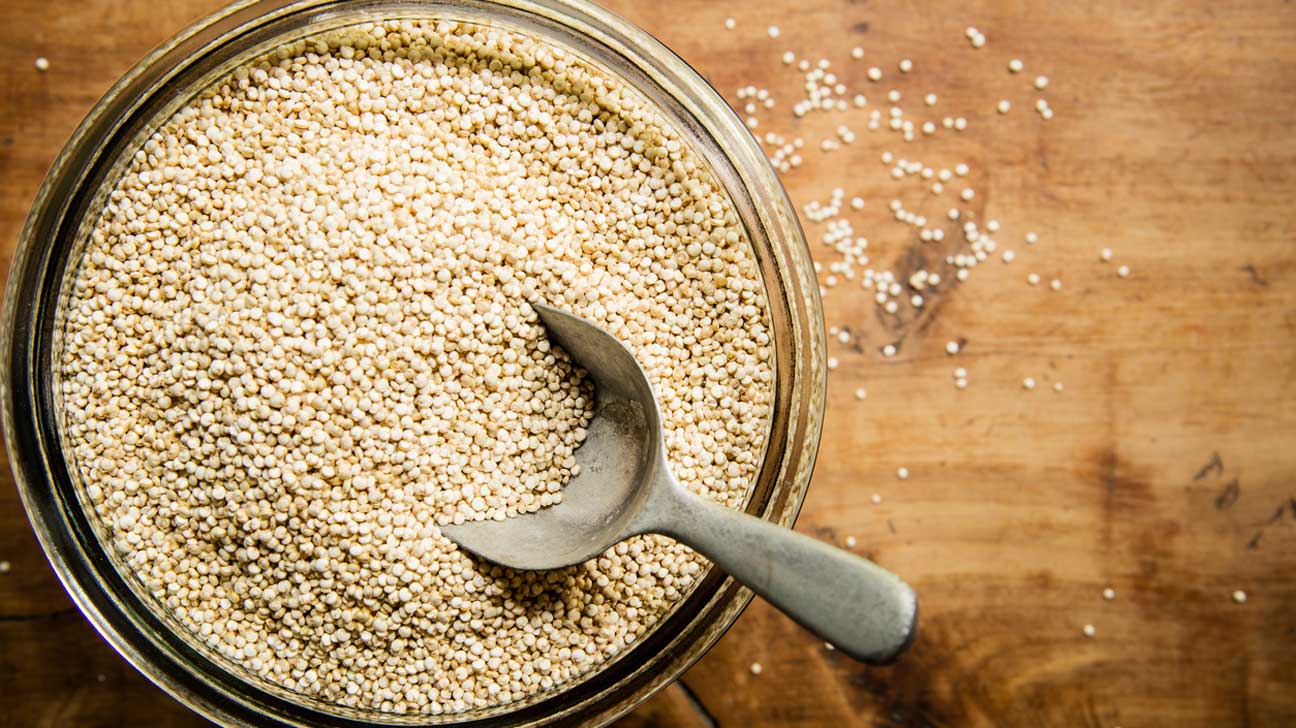
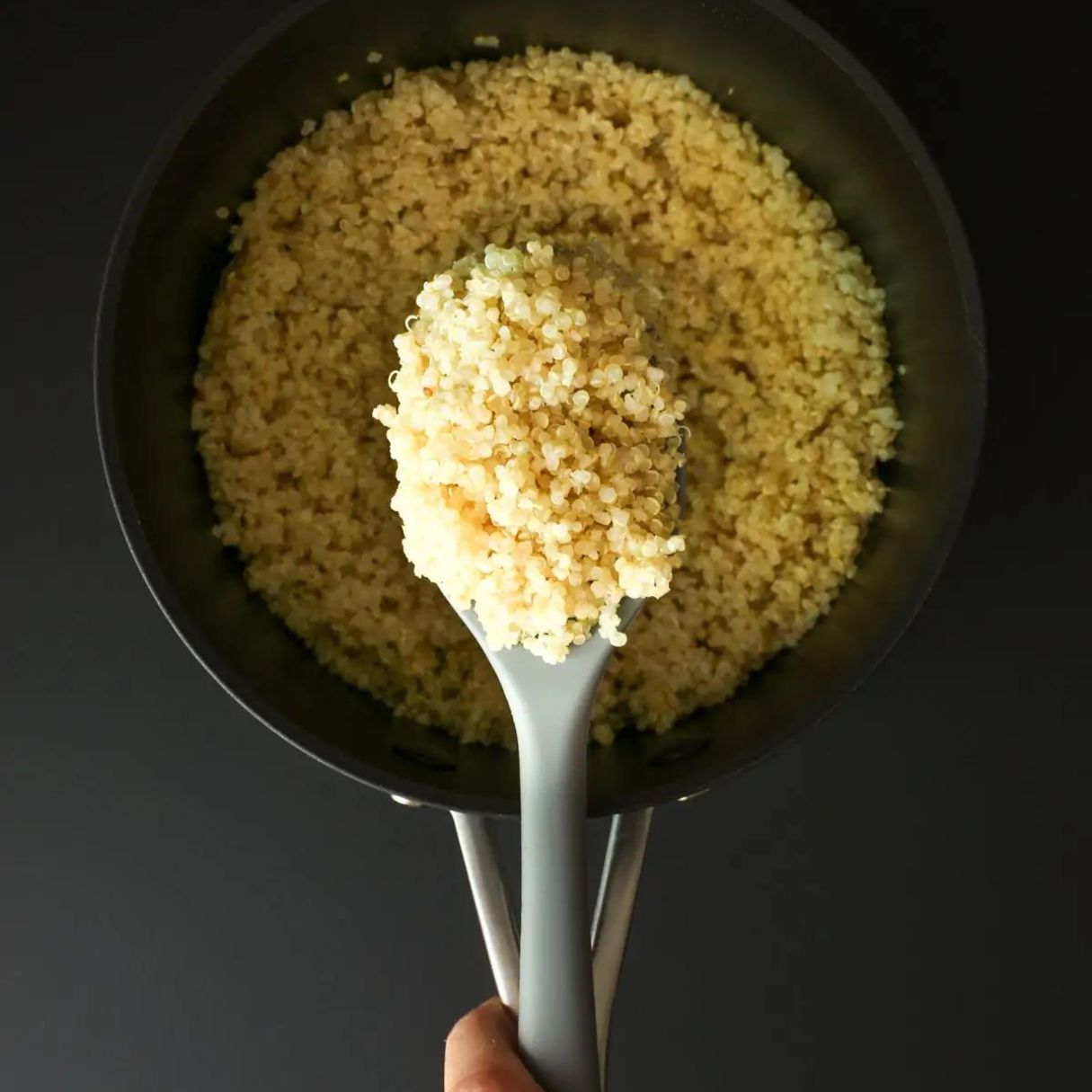
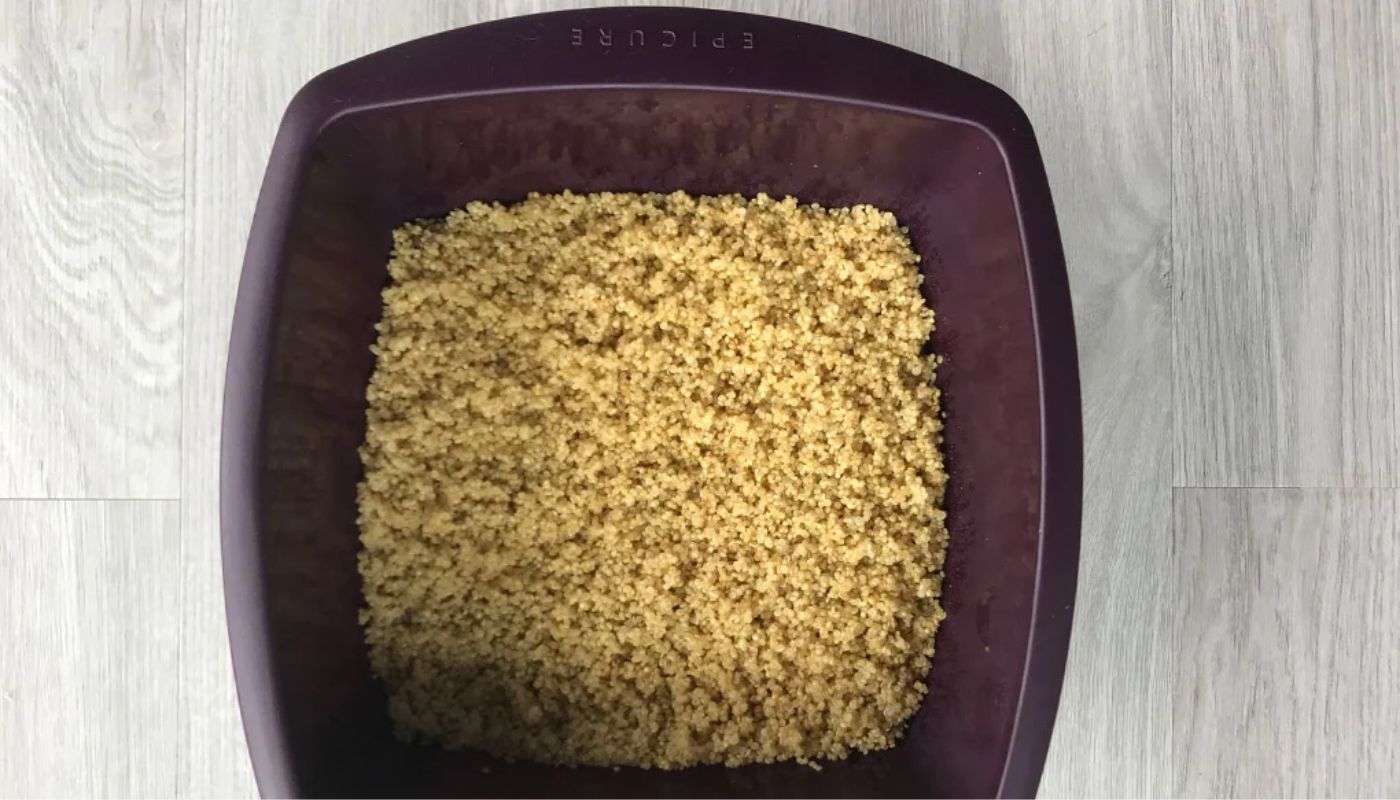
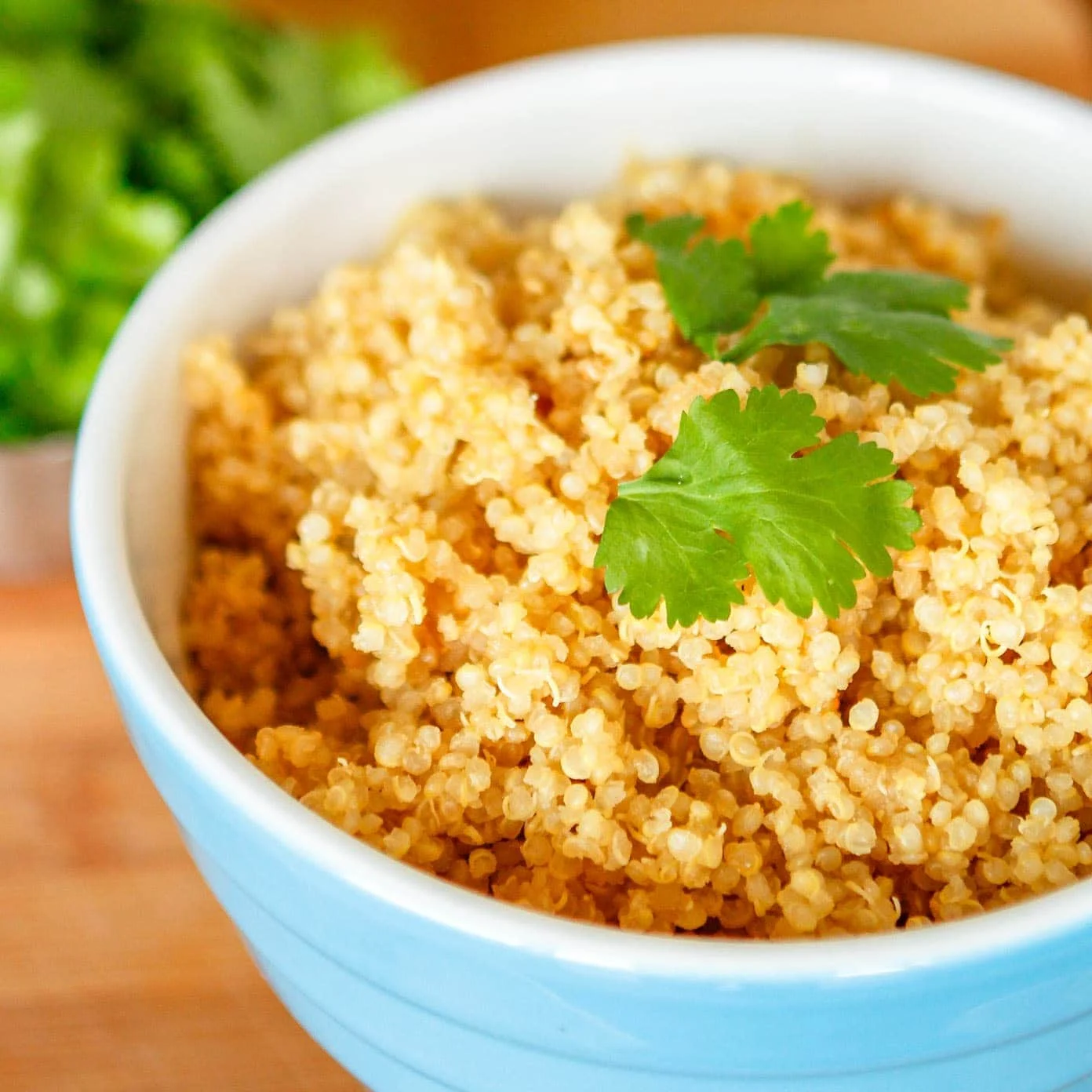
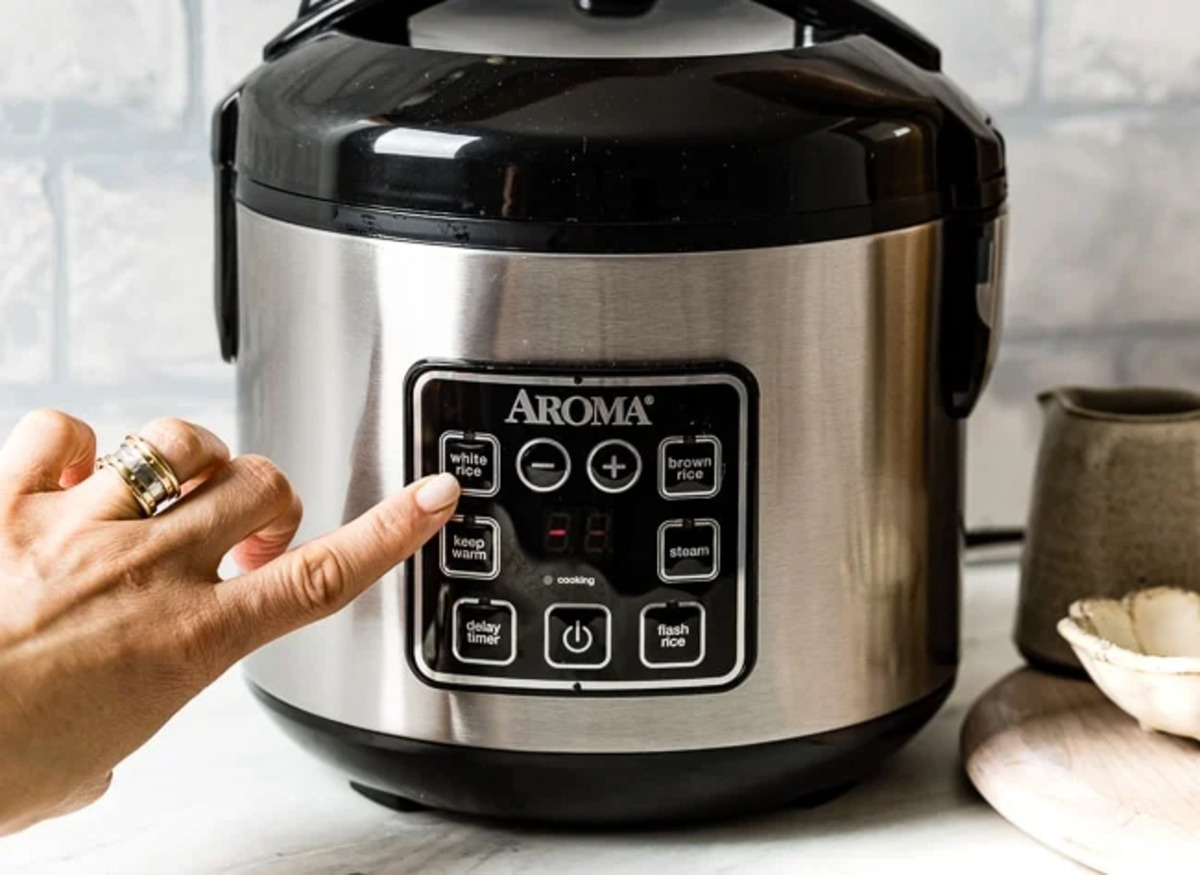
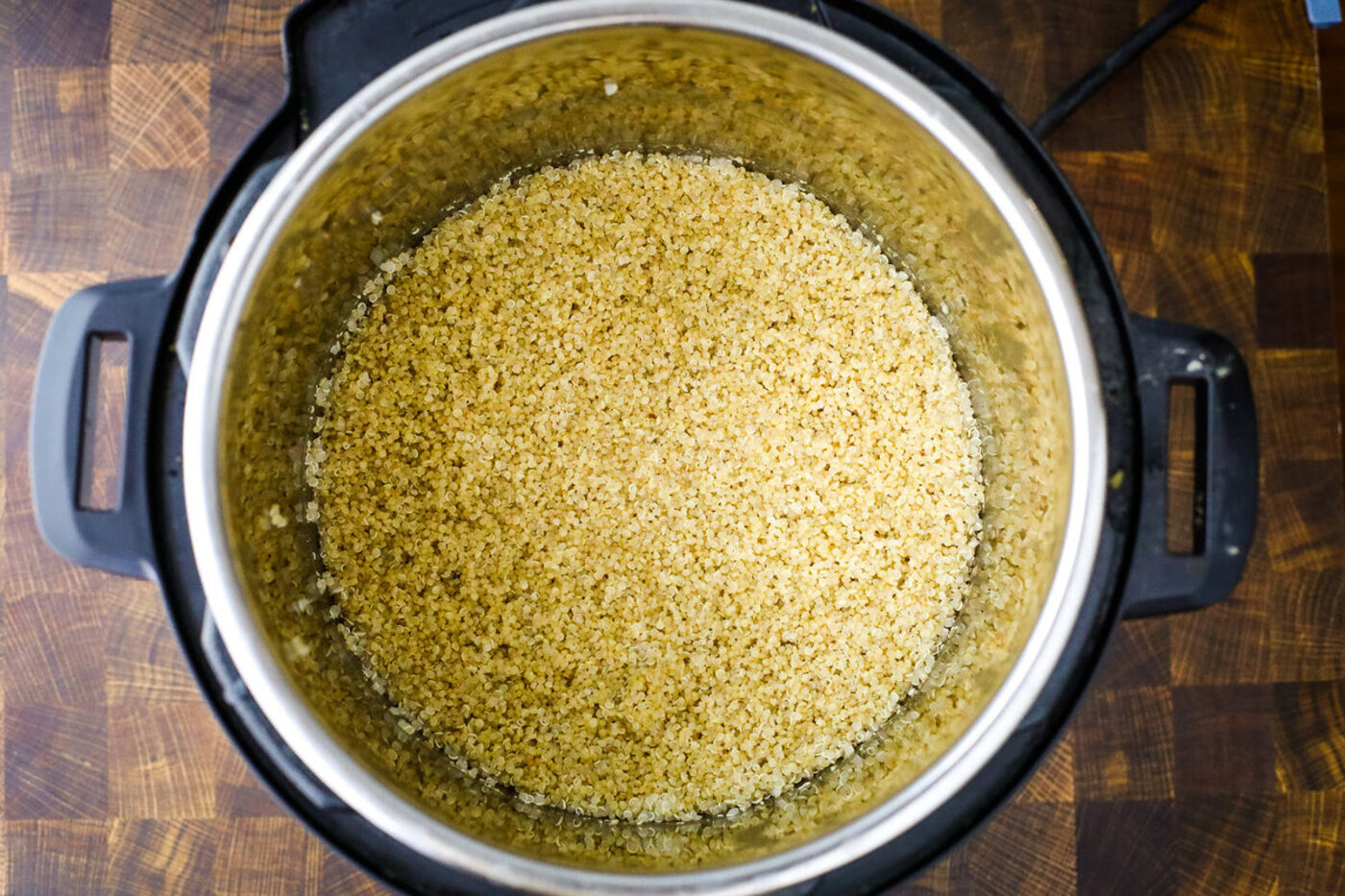
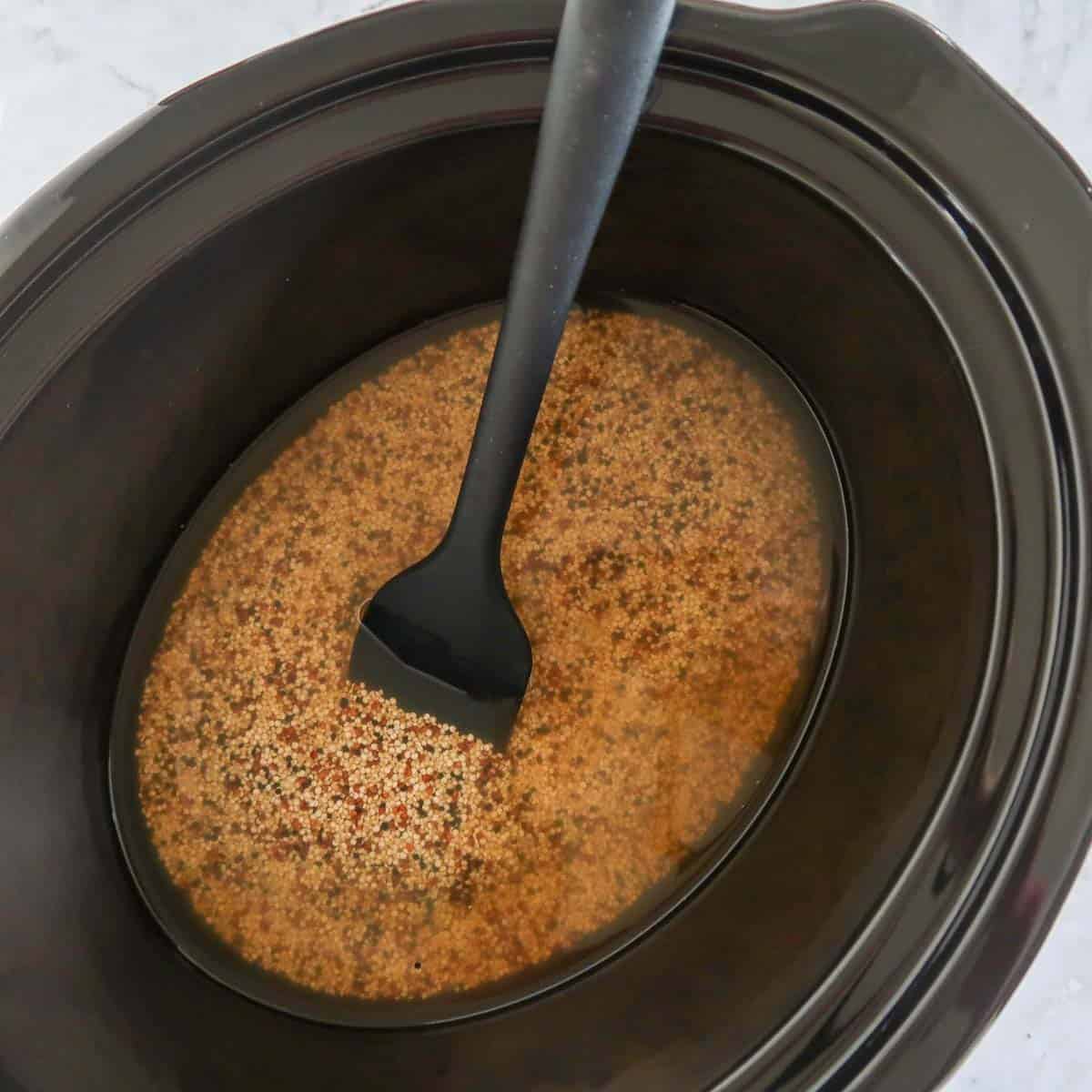
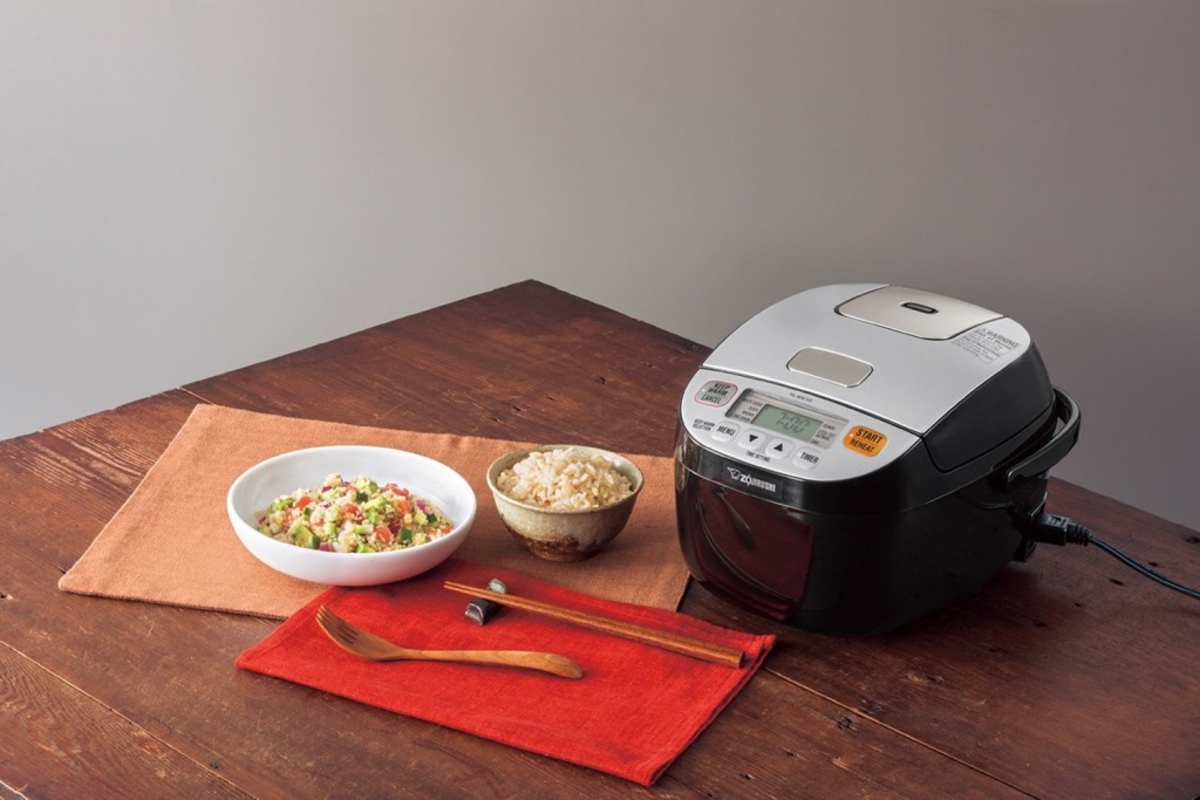
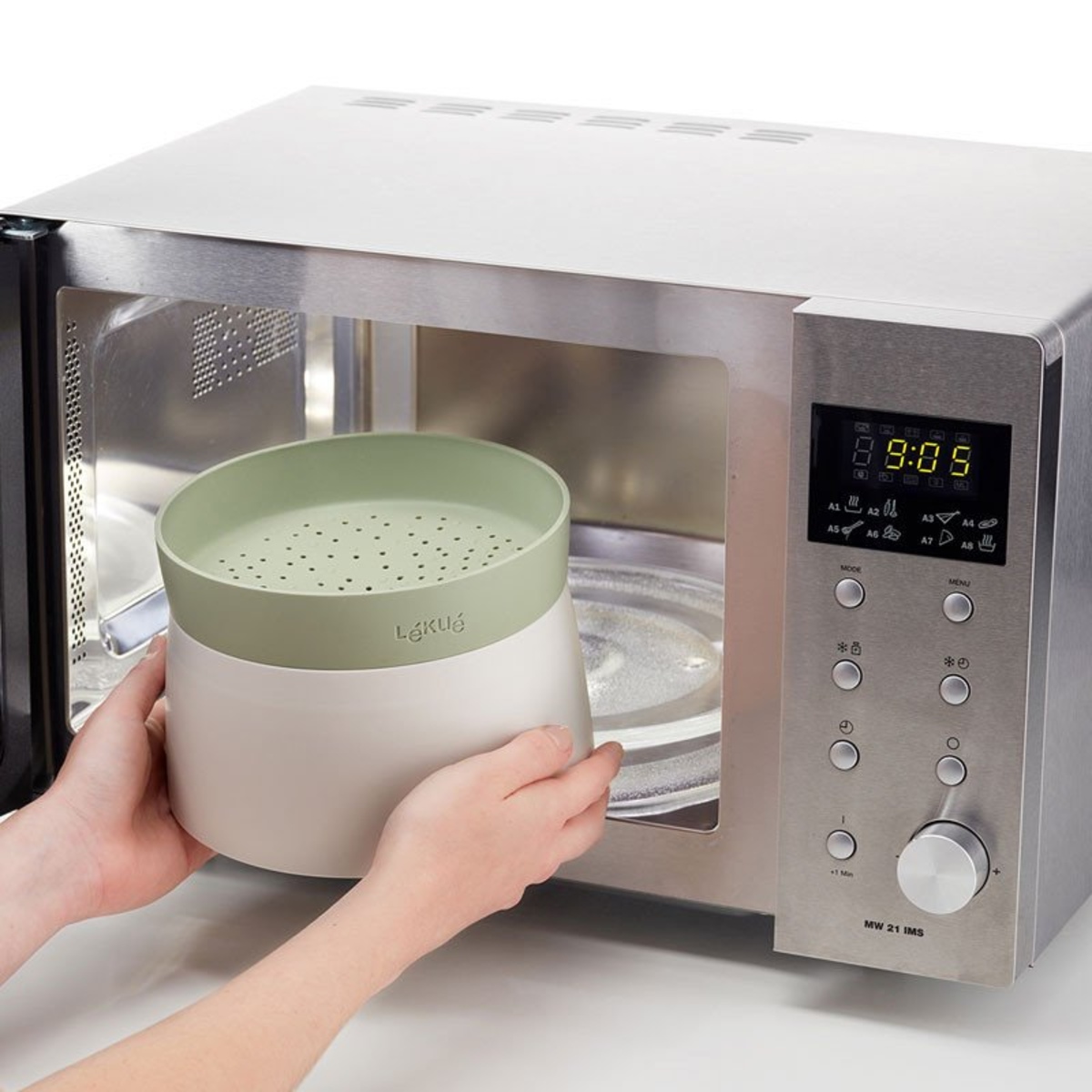
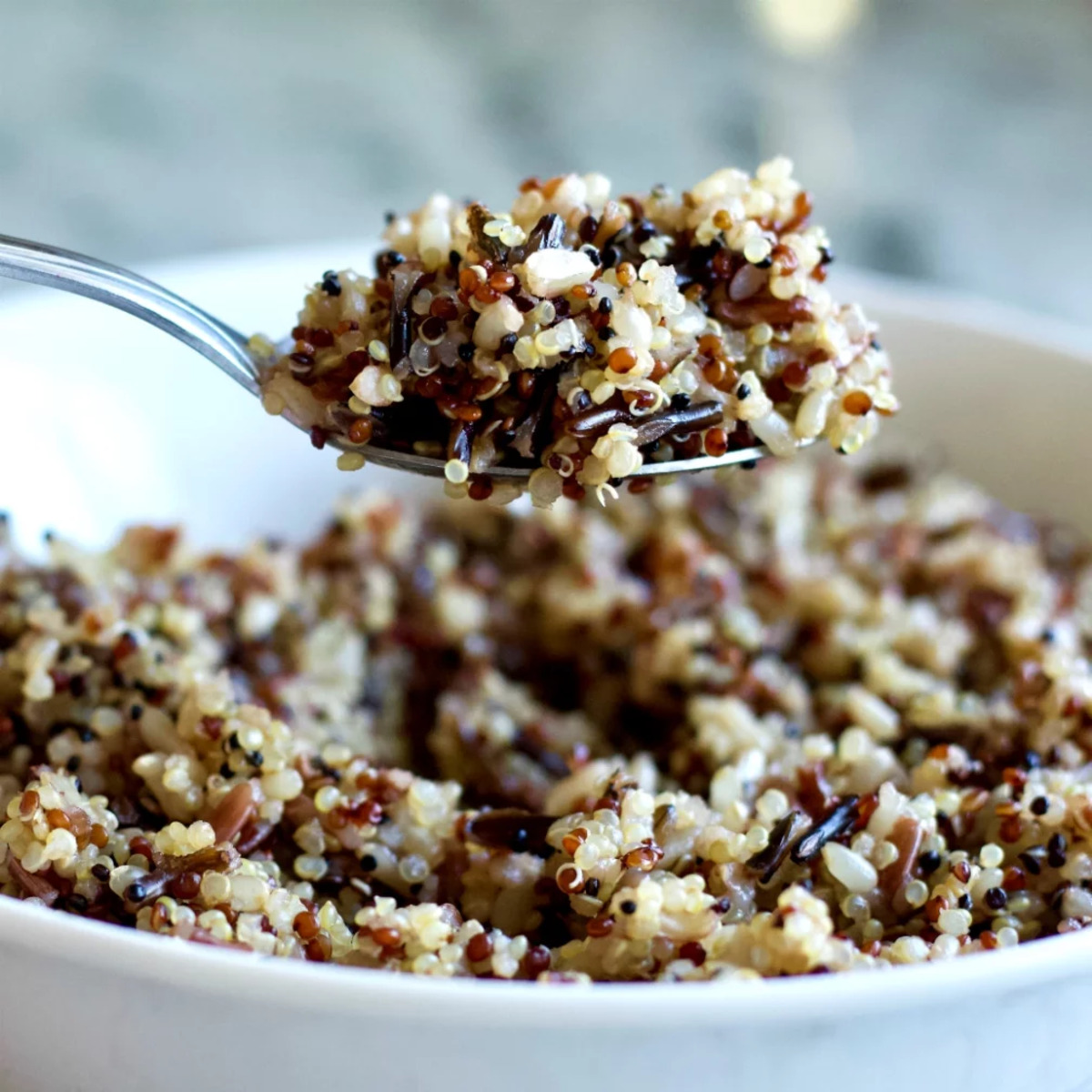



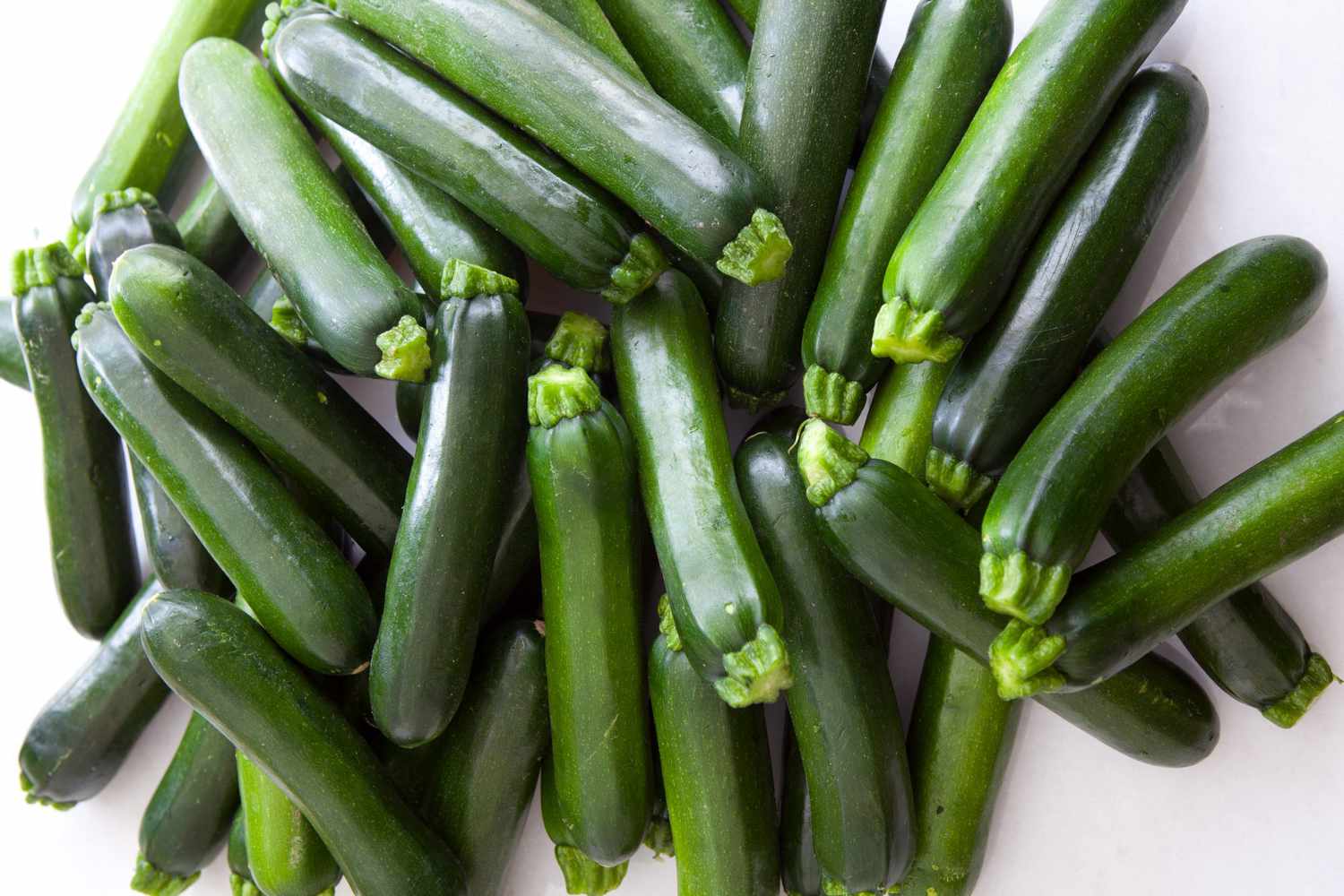

0 thoughts on “How To Store Quinoa”